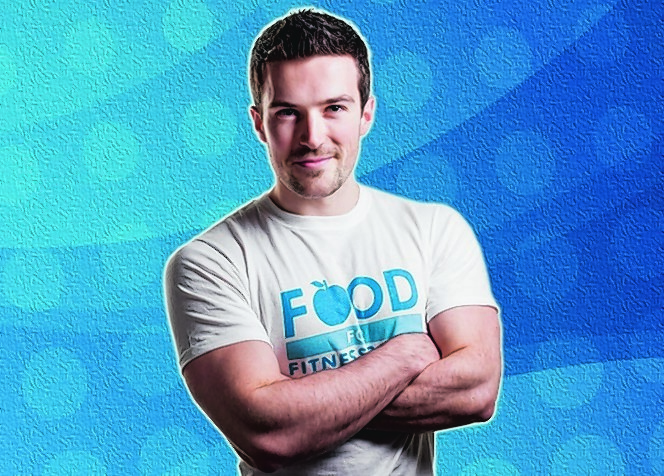You’re making progress. You’re eating healthy foods you love. You’re loving the routine. You’re starting to look and feel amazing… then you hear something that goes against what you’re currently doing. Hang on a minute. This could potentially throw a spanner in the works. Who’s right? Is what you’ve been told (it’s often word of mouth) really true? Surely you haven’t been doing it wrong all this time?
That’s the problem with these nutrition myths. They are confusing and have the potential to disrupt a successful, enjoyable routine. There are so many of them flying around, annoying and confusing people on a daily basis. Don’t worry, I am going to show you the evidence and dispel three of the most popular ones.
- Myth 1: Carbohydrates eaten after 6pm becoming more fattening
This is probably one of the most popular myths out there. Thankfully, carbohydrates eaten after 6pm don’t suddenly zoom to your waistline and cause you to gain weight. How much you eat over the course of your day dictates body composition, not specifically when you eat. Sure, eating less carbohydrates in the evening could help you lose weight but it’s probably because you’ve reduced your total intake, not because you stopped eating after 6pm. Make sense? Anecdotally, are the people of Spain – where it isn’t uncommon to eat after 9pm – all overweight? No. Rather than banishing carbs from the meal table, if weight loss is your goal, reduce your portion size and make smarter carbohydrate choices instead.
- Myth 2: You’ve got to eat frequently to boost metabolism
You must eat every two hours to boost metabolism. You’ve heard that one before haven’t you? Research actually shows us that it’s your total energy intake versus energy output that influences your body composition, not how many meals you’ve eaten. How often you should eat is really down to you. If you’re a three meals a day person and you’re always hungry, I would consider adding in a mid-morning and mid-afternoon snack, perhaps some fruit, nuts or yoghurt. This doesn’t “boost metabolism”, but it will help reduce hunger and it may prevent overeating at your bigger meals.
- Myth 3: Protein is bad for the kidneys
Read somewhere that protein can strain your kidneys? Guess what? There is zero published evidence that shows a higher protein intake is detrimental to healthy individuals. Protein rich foods such as meat, poultry, fish and dairy are excellent for satiety (this means keeping you feeling full). There is also a large volume of evidence that shows a higher protein diet can help with weight loss. As with all foods, the rules of moderation still apply but several servings of protein per day is likely going to be beneficial for you, especially if you’re trying to lose weight or doing some form of exercise.
Everything clear so far? Be sure to look out for my article here next month when we’ll cover three more nutrition myths that could be hampering your progress. In the meantime, head over to my website if you want to sign-up to receive my free weekly nutrition newsletter. I like myth busting in it too!
- Scott Baptie is a nutritionist and online personal trainer based in Aberdeen. He helps people move, look, feel and perform better. Find out how here
